How Willows Healthcare Provides In-Home Care for Elderly with Mobility Limitations
February 23, 2025
Comprehensive In-Home Care for Seniors with Mobility Challenges: Willows Healthcare's Approach

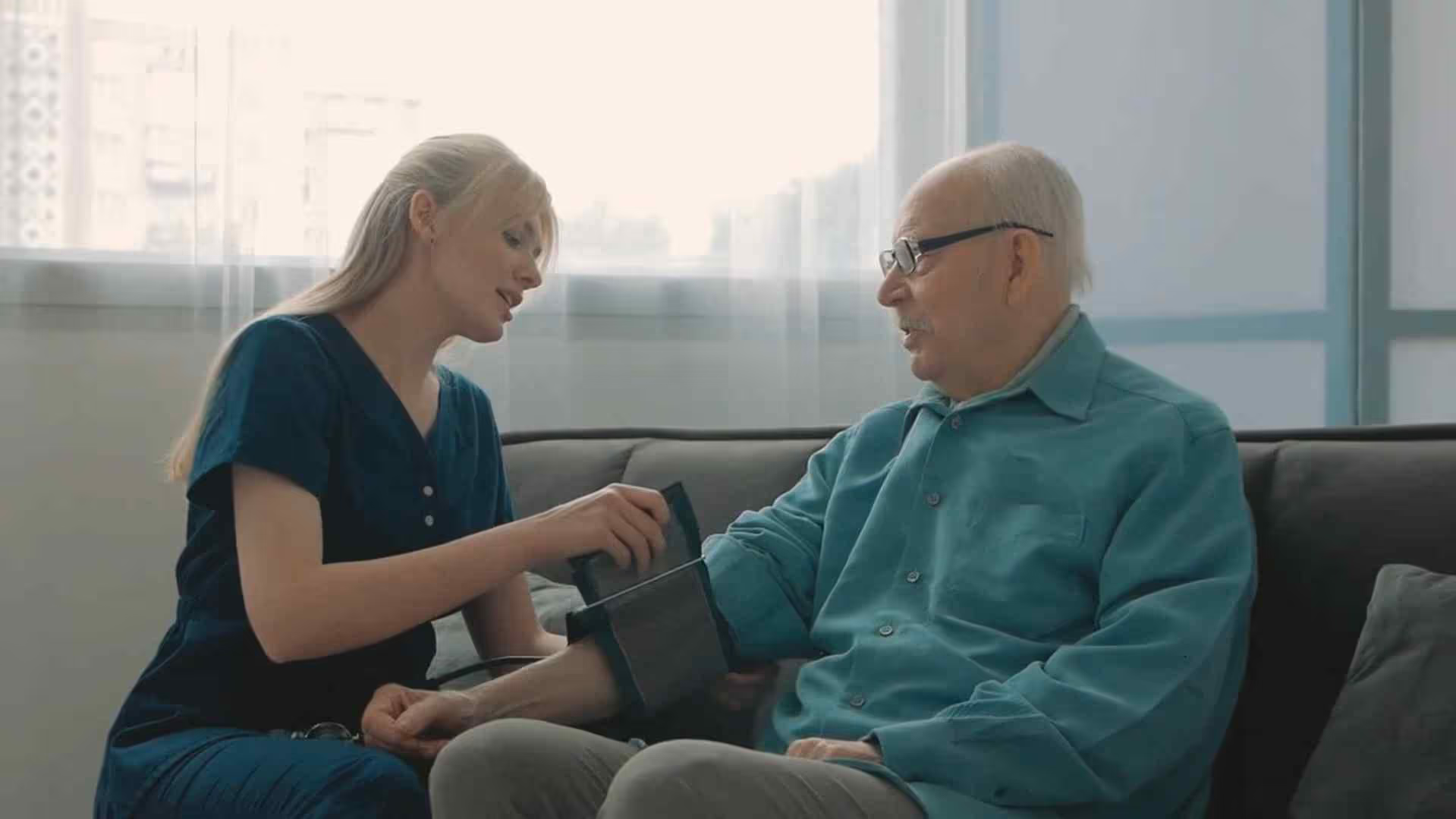
Introduction to Willows Healthcare In-Home Services
In an increasingly aging society, the need for supportive and accessible healthcare services for seniors is paramount. Willows Healthcare is at the forefront of providing dedicated in-home care solutions tailored to assist elderly individuals who face mobility limitations. This article explores how Willows Healthcare is designed to enhance the quality of life for seniors, enabling them to live independently and safely within the comfort of their homes.
Understanding Willows Healthcare's Mission and Values

What are the mission and values of Willows Healthcare in providing specialized support for the elderly?
Willows Healthcare is steadfast in its commitment to delivering compassionate, respectful, and dignified care to elderly individuals. The organization's mission centers on enhancing the lives of seniors who face mobility challenges by providing tailored in-home healthcare solutions. This approach not only allows seniors to live independently but does so while maintaining their dignity.
Personalized care is at the heart of their service model. Each patient's unique needs are carefully considered, ensuring that their health and well-being remain the utmost priority. By fostering a supportive environment, Willows Healthcare promotes a sense of autonomy within their clients, helping them navigate everyday tasks with confidence despite their limitations.
Core Values
The values upheld by Willows Healthcare include:
- Compassion: Always providing care with empathy and understanding.
- Dignity: Ensuring that every individual is treated with respect.
- Respect: Valuing the rights and preferences of each elderly person.
These principles guide their staff in creating a nurturing atmosphere that encourages social engagement and combats feelings of isolation among seniors, ultimately enriching their quality of life.
Commitment to Quality Care
Willows Healthcare strives to implement best practices in home healthcare, emphasizing safety, comfort, and emotional well-being. Their dedication is reflected in the personalized care plans they develop for each client, designed to meet the specific requirements arising from mobility limitations and overall health concerns.
The Scope of In-Home Care Services

What types of support and services are available for seniors facing mobility challenges?
Seniors facing mobility challenges can benefit from a wide range of in-home healthcare services designed to support their daily living needs. These services include:
Physical Therapy: Geriatric physical therapists focus on strengthening muscles, improving balance, and enhancing flexibility. Their goal is to reduce the risk of falls and injuries, promoting greater independence.
Occupational Therapy: Occupational therapists provide guidance on safely performing daily tasks. They also suggest modifications to the home environment, ensuring it remains accessible and safe.
Personal Care Assistance: Home healthcare aides assist seniors with activities of daily living (ADLs) such as bathing, dressing, and meal preparation. This support allows seniors to manage daily routines despite their mobility challenges.
Fall Prevention: Caregivers conduct assessments of home environments to identify potential hazards. They provide training on mobility aids to enhance safety.
Emotional and Social Support: Many seniors experience feelings of isolation. In-home care services provide emotional support and encourage social engagement through various activities.
| Service Type | Focus Area | Benefits |
|---|---|---|
| Physical Therapy | Muscle Strength and Balance | Reduces fall risk, promotes independence |
| Occupational Therapy | Daily Task Efficiency | Teaches safe task performance, home modifications |
| Personal Care Assistance | Activities of Daily Living | Supports daily routine management |
| Fall Prevention | Home Safety | Identifies hazards, teaches mobility aid use |
| Emotional Support | Social Engagement | Alleviates isolation, encourages interaction |
In-home care not only addresses physical healthcare needs but also assists with environmental and emotional challenges, ensuring seniors remain supported and connected in their living spaces.
For more information on the range of services provided by Willows Healthcare, you can search for "Willows Healthcare in-home care services for seniors."
Design Strategies for Safe In-Home Care Environments
What are some design strategies for providing healthcare at home?
Providing healthcare at home involves strategic design considerations to ensure safety and comfort for seniors. Here are some essential elements to incorporate:
- Grab Bars: Installing these in bathrooms and hallways can prevent falls.
- Proper Lighting: Ensuring spaces are well-lit helps seniors navigate safely, reducing strain on vision and minimizing accidents.
- Slip and Trip Hazards: Carpets should be secured, and walkways kept clear to reduce the risk of falls.
- Space for Medical Equipment: Allocating adequate room for essential medical devices keeps everything accessible and organized.
How can safety and accessibility improve in-home healthcare?
Creating a safer environment goes beyond physical design. Consider these improvements:
- Home Modifications: Occupational therapists can suggest adjustments like raised toilet seats or walk-in showers that enhance usability.
- Layout: Experts recommend keeping care areas—like bedrooms and bathrooms—on the main level for easier access.
| Design Element | Purpose | Benefits |
|---|---|---|
| Grab Bars | Prevent falls | Increase confidence in mobility |
| Proper Lighting | Enhance visibility | Reduce accidents and improve navigation |
| Slip Hazard Minimization | Reduce fall risks | Promote a safer living space |
| Space for Equipment | Organize healthcare tools | Facilitate efficient caregiving |
Incorporating these design strategies not only ensures physical safety but also addresses the emotional and social needs of seniors, fostering a supportive home environment.
The Role of Physical Therapy in Geriatric Care
Benefits of Physical Therapy
Physical therapy offers a multitude of benefits specifically tailored for seniors dealing with mobility challenges. By focusing on strengthening muscles and enhancing flexibility, seniors experience improved physical function. Not only does this reduce the risk of falls, but it also promotes a more active and independent lifestyle. Additionally, physical therapists assess individual needs, creating personalized plans that address specific mobility limitations, ensuring that each senior receives the attention they deserve.
How do physical therapists help seniors with mobility limitations?
Physical therapists specializing in geriatric care play a crucial role in helping seniors with mobility limitations by developing exercises and routines that strengthen muscles, improve balance, and enhance flexibility. These interventions significantly reduce the risk of falls and injuries, thereby enabling seniors to maintain more active and independent lifestyles.
Physical Therapy Techniques to Improve Mobility
Some effective techniques include:
- Strength Training: Utilizes resistance exercises to build muscle strength.
- Balance Exercises: Activities designed to enhance stability, such as single-leg stands or control movement.
- Flexibility Routines: Stretching exercises that increase range of motion, essential for performing daily activities without assistance.
| Technique | Description | Benefits |
|---|---|---|
| Strength Training | Resistance exercises targeting specific muscle groups | Builds strength and endurance |
| Balance Exercises | Planned movements to enhance stability | Reduces fall risk |
| Flexibility Routines | Stretching exercises to maintain mobility | Allows for greater movement freedom |
Through these strategies, physical therapists significantly contribute to the overall well-being and independence of seniors.
Occupational Therapy and Daily Living Adjustments
How Occupational Therapists Assist Seniors
Occupational therapists (OTs) play a vital role in enhancing the quality of life for seniors facing mobility limitations. By focusing on functional independence, OTs educate seniors on efficient techniques to perform daily tasks such as dressing, cooking, and bathing. This education empowers seniors to adapt to their challenges, promoting confidence and self-sufficiency in their everyday routines.
OTs also evaluate the individual needs of each senior, creating customized plans to address their specific challenges. Through hands-on training and support, they teach seniors how to navigate their environments effectively, thereby reducing frustration and improving overall safety.
Home Modifications for Safety
In addition to training, occupational therapists recommend various home modifications tailored to enhance safety and accessibility. These modifications often include:
- Arranging furniture to create clear pathways and reduce trip hazards.
- Installing grab bars in bathrooms and hallways to offer stability.
- Recommending adaptive equipment such as shower seats or raised toilet seats to facilitate easier movement.
By implementing these changes, OTs ensure that seniors can manage their daily activities more safely while remaining in the comfort of their homes. These interventions not only prevent accidents but also foster an environment where seniors can thrive despite their mobility limitations.
Support from Home Healthcare Aides
Responsibilities of Healthcare Aides
Home healthcare aides play a crucial role in supporting seniors, particularly those facing mobility limitations. Their responsibilities encompass a variety of vital tasks that promote independence and comfort in daily life.
These aides assist with activities of daily living (ADLs) such as:
- Bathing: Ensuring personal hygiene while maintaining the dignity and comfort of the senior.
- Dressing: Helping seniors choose safe, suitable clothing that is easy to put on and remove.
- Meal Preparation: Providing nutritious meals tailored to dietary needs and preferences, keeping nutrition at the forefront.
Importance of Daily Living Assistance
The assistance that healthcare aides provide is not just about completing tasks; it’s about enhancing seniors' quality of life. Their involvement is vital for several reasons:
- Maintaining Independence: Aides enable seniors to manage their daily routines despite physical limitations.
- Promoting Emotional Well-being: Regular social interaction with aides helps combat feelings of isolation and loneliness, which is common among seniors.
- Enhancing Safety: By assisting with mobility and daily tasks, aides reduce the risk of falls and related injuries, significantly improving overall safety at home.
Home healthcare aides ensure that seniors can continue to live in the comfort of their homes while receiving the care that addresses their individual needs. Their support is instrumental in fostering a stable and supportive environment that allows seniors to thrive.
Importance of Fall Prevention in Home Care

Why is fall prevention crucial in elderly care?
Fall prevention is essential in elderly care because it significantly reduces the risk of injuries, facilitating safer living environments. Falls can lead to serious injuries like fractures or head trauma, which can impede a senior's independence and overall well-being.
Fall prevention strategies
Effective fall prevention strategies focus on assessing and modifying the home environment. Caregivers play a vital role in this process. They check for hazards such as:
- Loose rugs or mats that could trip seniors.
- Poor lighting that might hinder visibility during night-time activities.
- Clutter that can obstruct safe movement.
In addition to safety assessments, caregivers provide advice on using mobility aids such as walkers or canes to enhance stability. They also develop personalized care plans tailored to each senior's specific needs and capabilities.
Role of caregivers
Caregivers not only assess the home but also guide seniors through proper techniques to navigate their living spaces safely. Regular exercise programs designed by physical therapists can strengthen muscles and improve balance, further reducing fall risks.
By fostering a safe home environment through meticulous planning and ongoing support, caregivers ensure that seniors can maintain their independence with minimized risk of falls—critical to their health and quality of life.
Personalized Care Plans for Enhanced Living
Benefits of tailored care plans
Tailored care plans play a crucial role in enhancing the quality of life for elderly clients. By focusing on the individual preferences and health conditions of seniors, these plans ensure that their unique needs are met. This attention to detail helps to foster optimal independence, safety, and comfort.
Moreover, personalized plans aid in managing chronic conditions effectively. When care is coordinated around the specific requirements of an elderly individual, it leads to improved health outcomes. For instance, a senior with mobility limitations may benefit from a plan that incorporates physiotherapy and home modifications designed to create a safer living environment.
Components of a personalized plan
Personalized care plans typically include several key components:
- Assessment of Needs: This initial step involves a thorough evaluation of the senior's health status, mobility challenges, and daily living activities.
- Goal Setting: Clear, achievable goals are established, focusing on enhancing mobility, safety, and overall well-being.
- Interdisciplinary Approach: Collaboration among physical therapists, occupational therapists, and healthcare aides ensures comprehensive support tailored to the individual.
- Regular Monitoring and Updates: Personalized plans are dynamic. Regular reviews facilitate adjustments based on changing needs or health status.
How do tailored care plans enhance the quality of life for elderly clients?
Tailored care plans enhance the quality of life by addressing the unique needs of elderly clients. By focusing on their individual preferences and health conditions, these plans ensure seniors experience optimal independence, safety, and comfort. Such plans also aid in managing chronic conditions and improving overall health outcomes through coordinated care efforts.
Social and Emotional Support Provided by In-Home Care
How does in-home healthcare provide emotional and social support to seniors?
In-home healthcare plays a crucial role in addressing the emotional and social needs of seniors. One significant aspect is combatting feelings of isolation, which can lead to depression and anxiety. Care providers offer companionship, ensuring that seniors have someone to talk to and share their experiences. This connection helps foster a sense of belonging, mitigating loneliness among older adults.
Another important element is encouraging social interactions. Care aides often facilitate participation in community activities or accompany seniors to social events. This not only enables seniors to engage with others but also stimulates their mental health and enhances their quality of life.
Additionally, personalized care plans incorporate activities rooted in social engagement, tailored to each senior’s interests and abilities. These activities may range from shared hobbies to simple conversations, fostering a nurturing environment.
Finally, in-home healthcare ensures that seniors remain integrated within their community, emphasizing the importance of maintaining relationships with family and friends. By encouraging these connections, health providers contribute positively to the emotional well-being of seniors, creating a more supportive and fulfilling home environment.
The Financial Aspect of In-Home Healthcare
What are the financial benefits of choosing in-home healthcare for seniors?
In-home healthcare is typically more economically viable compared to alternatives like assisted living, making it an attractive option for many families. The national median cost for in-home healthcare services is approximately $30 per hour, allowing seniors to receive tailored support while remaining in their own homes.
Costs of in-home care
In-home care services vary in pricing based on the level of care required and the type of services offered. Common services include:
- Personal Care Assistance: Helping with daily activities like bathing and meal preparation.
- Therapy Services: Physical and occupational therapy to improve mobility and daily task efficiency.
- Medical Care: Regular visits from nurses or healthcare providers as needed.
Economic benefits over alternatives
Choosing in-home healthcare often leads to significant savings when compared to the costs associated with assisted living facilities, which can average around $4,000 per month. In-home care enables families to personalize care plans that address mobility limitations and healthcare needs without the high overhead costs of facility maintenance.
Additionally, this model promotes seniors' emotional wellbeing by allowing them to stay in familiar surroundings, which can reduce stress and improve their overall quality of life. The economic benefits go hand in hand with the emotional and physical health outcomes.By minimizing the financial burden while maximizing support, in-home healthcare emerges as a practical solution for many families.
Leveraging Technology in In-Home Care

Role of technology
In-home healthcare leverages various technologies to support seniors and enhance their quality of life. This includes telemedicine platforms that enable healthcare providers to conduct remote consultations, which is particularly beneficial for seniors with mobility limitations. Such tools help maintain continuity of care without the need for stressful travel.
Additionally, smart home devices, including alarms, monitoring systems, and alerts, play a crucial role in increasing the safety and autonomy of seniors. These technologies can alert caregivers to any irregularities in daily routines, ensuring prompt support when needed.
Improvement of care through tech
Technology not only provides tools for communication but also assists with the physical layout and safety of the home environment. By integrating features such as automated lighting, temperature control, and fall detection systems, the home becomes a safer space for seniors.
Furthermore, through personalized care plans initiated by healthcare providers, technology helps address each senior’s specific mobility limitations and health needs effectively. This leads to an enhanced experience where elderly individuals feel more secure and engaged while receiving assistance at home.
| Technology Type | Function | Benefits |
|---|---|---|
| Telemedicine | Remote consultations | Reduces need for travel |
| Smart Home Devices | Safety alerts and routine monitoring | Increases autonomy and security |
| Home Modifications | Specialized fixtures and layout adjustments | Facilitates easier access and mobility |
| Communication Tools | Regular updates and check-ins | Strengthens connection between seniors and caregivers |
These innovations in technology create a comprehensive framework that not only meets the physical care needs of seniors but also supports their emotional well-being.
The Emerging Model of Healthcare at Home
Defining healthcare at home
Healthcare at home is an innovative model that focuses on providing medical and personal care to seniors right in their own living environments. This approach eliminates the need for seniors, particularly those with mobility limitations, to travel to healthcare facilities, allowing them to receive essential services where they feel most comfortable.
Its benefits for mobility-limited seniors
The benefits of healthcare at home for seniors with mobility challenges are significant:
- Enhanced Independence: Seniors can maintain a sense of independence by receiving care in their own homes, making it easier for them to engage in daily activities without relocating to assisted living facilities.
- Customized Care Plans: Services are tailored to the unique needs of each individual, addressing various health concerns and mobility limitations more effectively.
- Immediate Attention: With medical professionals visiting homes, seniors can receive prompt care for acute or chronic conditions without the need for stressful transportation.
- Emotional Support: This model also prioritizes the emotional well-being of seniors by providing social engagement opportunities and alleviating feelings of isolation.
- Safety Considerations: Home healthcare aides assess environmental hazards, help implement safety modifications, and educate on the use of mobility aids, creating a safer living space.
This model not only enhances medical care but also supports overall quality of life by considering both physical and psychosocial needs.
Overview of Home Healthcare Services
| Service Type | Description | Benefit for Seniors |
|---|---|---|
| Physical Therapy | Strengthens muscles and improves balance | Reduces the risk of falls and injuries |
| Occupational Therapy | Teaches adaptation to mobility limitations | Helps in performing daily tasks efficiently |
| Home Healthcare Aides | Assists with activities of daily living | Ensures management of daily tasks like bathing and dressing |
| Fall Prevention Assessment | Identifies home hazards and provides guidance | Ensures safer living environments |
This comprehensive approach reshapes how healthcare is delivered to seniors, ultimately fostering a more supportive, independent living environment.
Caregiver Support and Respite Services
Importance of Caregiver Respite
Caring for a senior loved one can be both rewarding and exhausting. Family caregivers often face the challenge of managing their loved ones’ health needs while also tending to their own emotional and physical well-being. Respite care is vital in this context; it offers temporary relief for caregivers by allowing them to take breaks from caregiving duties. This time to recharge helps prevent burnout, which can have serious effects on both caregivers and their elderly family members.
Managing Caregiver Burnout
In-home healthcare services provide essential support to family caregivers by sharing caregiving responsibilities. Through professional help, caregivers can find the time to focus on their own health and well-being. This shared duty not only alleviates physical strain but also reduces emotional stress.
By utilizing respite care, family members can ensure their loved ones continue receiving quality care without feeling guilty about needing time for themselves. The peace of mind that comes from knowing their loved ones are in capable hands allows caregivers to return refreshed and ready to engage in their roles with renewed energy.
| Family Caregiver Benefits | In-Home Healthcare Support |
|---|---|
| Prevents caregiver burnout | Shares caregiving responsibilities |
| Provides needed respite | Offers professional care services |
| Encourages self-care | Enhances quality of care |
The Synergy of Medical and Personal Care
Integration of medical support and ADL assistance
In-home care seamlessly integrates medical support with personal care, ensuring a holistic approach to health management for seniors. This vital synergy allows physical therapists and occupational therapists to work closely with home healthcare aides, creating a comprehensive support system.
Physical therapists specialize in strengthening muscles, improving balance, and enhancing flexibility, which are critical for reducing fall risks. Meanwhile, occupational therapists assist in adapting daily tasks to accommodate mobility limitations, suggesting home modifications that enhance safety and accessibility.
Moreover, home healthcare aides play a significant role in helping seniors with activities of daily living (ADLs), such as bathing, dressing, and meal preparation. This personalized assistance ensures that seniors remain capable of managing their daily tasks despite mobility challenges, fostering independence and dignity.
Ensuring comprehensive care
The development of personalized care plans is essential in addressing the unique needs of each senior. These plans not only focus on mobility limitations but also consider the overall health and well-being of individuals.
In addition to the physical aspects of care, emotional and social support from caregivers helps to combat loneliness and encourages engagement in social activities, forming an integral part of comprehensive care.
As the healthcare landscape evolves, the focus on integrated in-home medical care continues to grow, ensuring that seniors receive the multifaceted support they need to thrive in their own homes.
Home Modifications for Safety and Accessibility
What are common home modifications for safety and accessibility in senior care?
For seniors with mobility limitations, creating a safe and accessible home environment is paramount. Here are some common modifications that can make a significant difference:
- Grab Bars: Installed in bathrooms and stairways, they provide essential support and stability for seniors while navigating these potentially hazardous areas.
- Improved Lighting: Brightening hallways, staircases, and rooms reduces the risk of falls and enhances overall visibility, making it easier for seniors to move around safely.
- Slip and Trip Hazards Minimization: Regular assessments help identify and eliminate hazards like loose rugs and uneven flooring, creating a smoother path for mobility aids and walkers.
How can support be accessed for making home changes?
Seniors can benefit from professional assistance in implementing these modifications. Home healthcare providers often offer recommendations tailored to individual needs, ensuring changes are effective. Additionally, financial assistance programs may be available to help cover the costs of necessary home adjustments, making environments safer and more navigable.
Overview of Home Safety Modifications
| Modification Type | Purpose | Additional Notes |
|---|---|---|
| Grab Bars | Provide support in bathrooms and stairs | Install in key locations for maximum benefit |
| Lighting Enhancements | Improve visibility and safety | Consider motion-sensor lights in critical areas |
| Hazard Assessments | Identify slip and trip risks | Regular evaluations help maintain a safe environment |
These modifications not only foster physical safety but also contribute to the emotional well-being of seniors by allowing them to age in place with dignity.
Community Engagement and Support Resources for Seniors

How can seniors engage with their community while receiving in-home care?
Seniors can stay actively engaged with their community even when receiving in-home care. Here are some ways to participate:
- Local Events: Many communities host various events like fairs, parades, and festivals. Seniors can attend these gatherings to connect with neighbors.
- Community Centers: Utilizing local community centers can be beneficial. These centers often organize social activities such as game nights, arts and crafts, or fitness classes tailored for seniors, encouraging participation and social interaction.
- Clubs and Groups: Seniors might consider joining clubs or groups based on their interests, like book clubs, gardening groups, or art classes. Engaging in shared activities promotes camaraderie and helps alleviate feelings of isolation.
Engaging in these activities not only diminishes loneliness but also bolsters mental well-being, contributing positively to their overall health.
Local Resources and Programs
Accessing local resources is essential for enhancing community involvement. Many communities offer programs that are specifically designed for seniors, ensuring they have the support necessary for social engagement. For instance, transportation services may be available to help seniors get to events safely.
Community Involvement Opportunities
Communities also present volunteer opportunities that allow seniors to give back, helping create a sense of purpose. Programs may include mentoring younger generations or participating in neighborhood clean-ups, thus fostering connections with others.
| Engagement Method | Description | Benefits |
|---|---|---|
| Local Events | Participation in fairs and community gatherings | Promotes social interaction |
| Community Centers | Activities for seniors, like classes and social gatherings | Reduces isolation |
| Clubs and Groups | Interest-based communities for shared activities | Enhances quality of life |
| Volunteering Opportunities | Giving back through local programs | Builds purpose and community ties |
Ensuring a Dignified and Respectful Care Environment
What approaches are used to maintain dignity and respect in senior care?
Maintaining dignity in senior care is paramount, especially in home healthcare settings. Here are several important approaches:
- Empathetic Communication: Caregivers are trained to communicate effectively and compassionately, creating an environment where seniors feel heard and understood.
- Involvement in Decision-Making: Encouraging seniors to participate in care decisions respects their autonomy and fosters a sense of control over their lives.
- Individualized Care Plans: Crafting personalized care plans takes into account each senior’s preferences and needs, ensuring that their unique circumstances are respected.
- Respectful Interaction: Treating seniors as equals and engaging in conversations that honor their previous experiences enhances mutual respect.
Addressing Emotional and Social Needs
In addition to physical care, addressing the emotional and social needs of seniors is crucial in maintaining their dignity. Caregivers often facilitate:
- Social Engagement: Encouraging participation in social activities helps lessen feelings of isolation, promoting mental well-being.
- Supportive Environments: Creating home environments that reflect seniors' identities, such as incorporating personal artifacts, reinforces their sense of self and dignity.
These strategies ensure that seniors not only receive essential care but also enjoy a quality of life that respects their past and present as valued individuals.
Adaptive Equipment and Mobility Aids
What role do adaptive equipment and mobility aids play in senior care?
Adaptive equipment and mobility aids play a vital role in senior care by enhancing independence and improving safety. Tools such as walkers, wheelchairs, and stair lifts are designed specifically to support seniors with mobility limitations. By enabling them to navigate their homes and communities more effectively, these aids can significantly reduce the risk of falls, which are a major concern among older adults.
Types of mobility aids
There are various types of mobility aids designed to cater to the different needs of seniors:
| Type of Aid | Description | Benefits |
|---|---|---|
| Walkers | Provides stability and support while walking. | Reduces fall risk and increases mobility. |
| Wheelchairs | Allows seniors to move around independently. | Enhances daily activity engagement. |
| Stair lifts | Safely transports seniors up and down stairs. | Improves access to multi-level homes. |
| Canes | Offers balance support during walking. | Encourages more active lifestyle. |
| Grab bars | Installed in bathrooms and other areas for support. | Promotes safety in slippery areas. |
How aids improve senior independence
The use of mobility aids not only focuses on physical support but also fosters a sense of independence among seniors. When equipped with the right tools, seniors can manage their daily activities—such as bathing, dressing, and preparing meals—more easily. This independence contributes to improved emotional well-being, combats feelings of isolation, and encourages participation in social activities, leading to a healthier, more fulfilling life at home.
Training and Qualification of In-Home Care Professionals
What qualifications are necessary for professionals providing in-home care to the elderly?
Professionals providing in-home care must meet certain qualifications to ensure they can effectively support elderly individuals. These qualifications generally include:
Certifications: Many in-home care aides are required to hold certifications in healthcare assistance. This can include Certified Nursing Assistant (CNA) or Home Health Aide (HHA) certifications, demonstrating their capability to provide safe and knowledgeable care.
Training in Geriatric Care: In-home caregivers should be well-versed in the specific needs of seniors. This includes understanding common age-related health issues and the best practices for managing them.
Skills in Personal Care: Professionals must be trained in assisting with activities of daily living (ADLs), such as bathing, dressing, and meal preparation, ensuring seniors' safety and comfort.
Continuous Education
Continuous education is crucial in the field of in-home care to keep caregivers updated with the latest practices and standards. This can include:
Workshops and Seminars: Caregivers are encouraged to participate in ongoing training sessions focused on geriatric care, fall prevention, medication management, and effective communication with seniors.
Compliance with Regulatory Standards: Many states require ongoing education credits to maintain certification status, reinforcing the importance of knowledge in current healthcare practices.
Professionals equipped with the right qualifications and continuous educational experiences play a vital role in enhancing the quality of home healthcare services.
Integration of Insurance and Healthcare Financing
What is Medicare and how does it benefit elderly people?
Medicare is a federal health insurance program designed primarily for individuals aged 65 and older. It plays a critical role in helping seniors manage healthcare costs by covering essential services such as hospital visits, doctor consultations, and preventive care. This significantly reduces the financial burden associated with healthcare, allowing elderly people to access necessary medical services without the fear of overwhelming expenses.
Moreover, Medicare consists of several parts, each offering different types of coverage. For instance, Medicare Part D helps cover prescription drug costs, ensuring that seniors can afford the medications they need. Recently, updates to the program include a cap on out-of-pocket expenses, further easing the financial pressures that beneficiaries experience, especially those with chronic conditions requiring ongoing care.
Utilizing Medicare benefits
Seniors can leverage Medicare benefits to secure coverage for home healthcare services. This includes professional care from physical and occupational therapists, as well as home healthcare aides who assist with daily living activities. By understanding their Medicare options, seniors can develop personalized care plans that fit their individual needs while maximizing their benefits.
Financial planning for home care
Financial planning for home care involves assessing the costs of necessary services and identifying what Medicare covers. Seniors are encouraged to consult with financial advisors who specialize in elder care to develop sustainable plans. This may include utilizing supplemental insurance or exploring programs that offer financial assistance specifically for home healthcare services.
Adapting to Changing Healthcare Needs
How are in-home care plans adapted to meet changing healthcare needs?
In-home care plans are designed with flexibility in mind, regularly evolving to meet the changing healthcare needs of seniors. These plans are not static; healthcare providers conduct ongoing assessments to monitor the health status of seniors. This continuous evaluation ensures that modifications are made whenever a senior's condition changes, whether due to new medical diagnoses, recovery progress, or shifts in daily living capabilities.
Personalized care plans address a myriad of needs, from physical therapy programs aimed at enhancing mobility to occupational therapy sessions that help seniors adapt to new limitations. For example, if a senior begins experiencing increased difficulty with daily tasks, their care might shift to include additional support from healthcare aides, or occupational therapists may suggest further home modifications for safety.
Furthermore, the emphasis on fall prevention and the assessment of home environments allows caregivers to create tailored strategies that mitigate risks. By setting specific goals based on each individual's unique challenges, healthcare plans help maintain both physical well-being and emotional health, combating feelings of isolation by encouraging social engagement.
Overall, adapting care involves a proactive approach, ensuring seniors receive the necessary support to navigate their mobility limitations while enhancing their quality of life.
Willows Healthcare's Commitment to Quality and Excellence
What quality assurance measures does Willows Healthcare implement to ensure excellent care?
Willows Healthcare prioritizes quality assurance, ensuring high standards throughout their services. They employ rigorous quality assurance processes that include:
- Regular Training Sessions: Continuous education for staff ensures they are updated on best practices and new techniques in home healthcare.
- Compliance with Health Standards: Adhering strictly to national and local health regulations guarantees that care provided meets essential quality criteria.
- Continuous Feedback Loops: Engaging with clients and their families for feedback allows Willows Healthcare to make necessary adjustments, enhancing service and addressing any concerns promptly.
These components collectively reflect Willows Healthcare’s commitment to excellence and client satisfaction.
Commitment to excellence in care
The organization’s dedication to excellence in care is evident in their development of personalized care plans tailored to each senior's unique needs. This approach addresses both mobility limitations and overall health, ensuring effective support that goes beyond basic care.
Beyond physical health, Willows Healthcare understands that emotional and social support are vital for combating feelings of isolation prevalent among seniors. By encouraging social engagement, the organization fosters a sense of community, enriching the lives of those they serve.
Through this multi-faceted approach, Willows Healthcare exemplifies a commitment to not just treating medical conditions but enhancing the overall quality of life for their clients.
Conclusion: Embracing a Future of Home-Based Elder Care
Willows Healthcare exemplifies a compassionate and innovative approach to in-home care, offering personalized solutions for seniors with mobility limitations. By integrating comprehensive support services, advanced technologies, and a steadfast commitment to quality, Willows Healthcare not only ensures the safety and well-being of its clients but also elevates their everyday living experiences. The future of elder care lies in adapting dynamic, patient-centered care models that honor the independence and dignity of the aging population, epitomized by the efforts of Willows Healthcare.
References
- Supporting Seniors with Mobility Issues Through Home Healthcare
- Healthcare at Home: A White Paper | The Center for Health Design
- Welcome to Medicare | Medicare
- Overexpression of lincRNA02471 promote cancer development ...
- Sitting Time Reduction and Blood Pressure in Older Adults - PubMed
- High-risk medication use among older adults with cognitive ...
- Self-reported gaps in care coordination and preventable adverse ...
- 6 Benefits of Home Care and Home Health Care Services
- 11 Benefits of Assisted Living for Seniors - A Place for Mom

















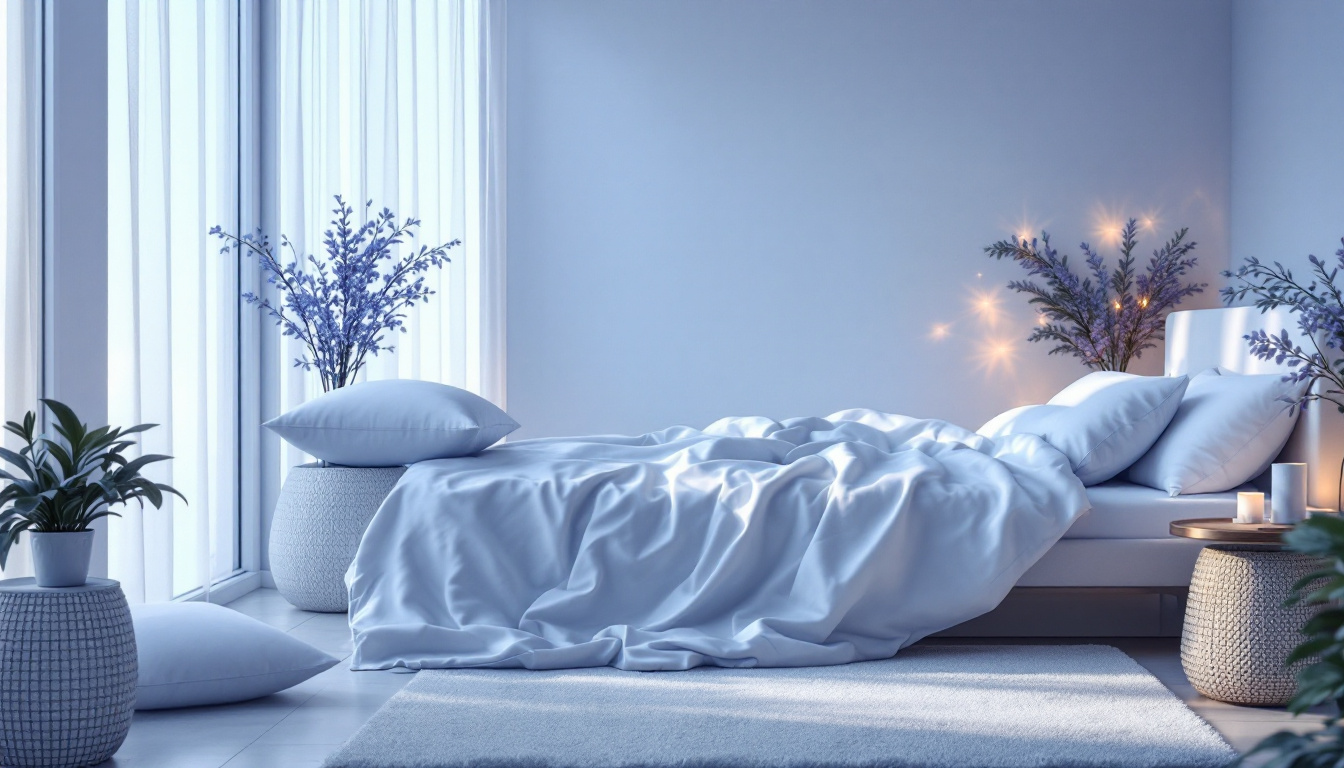









































.jpeg)
























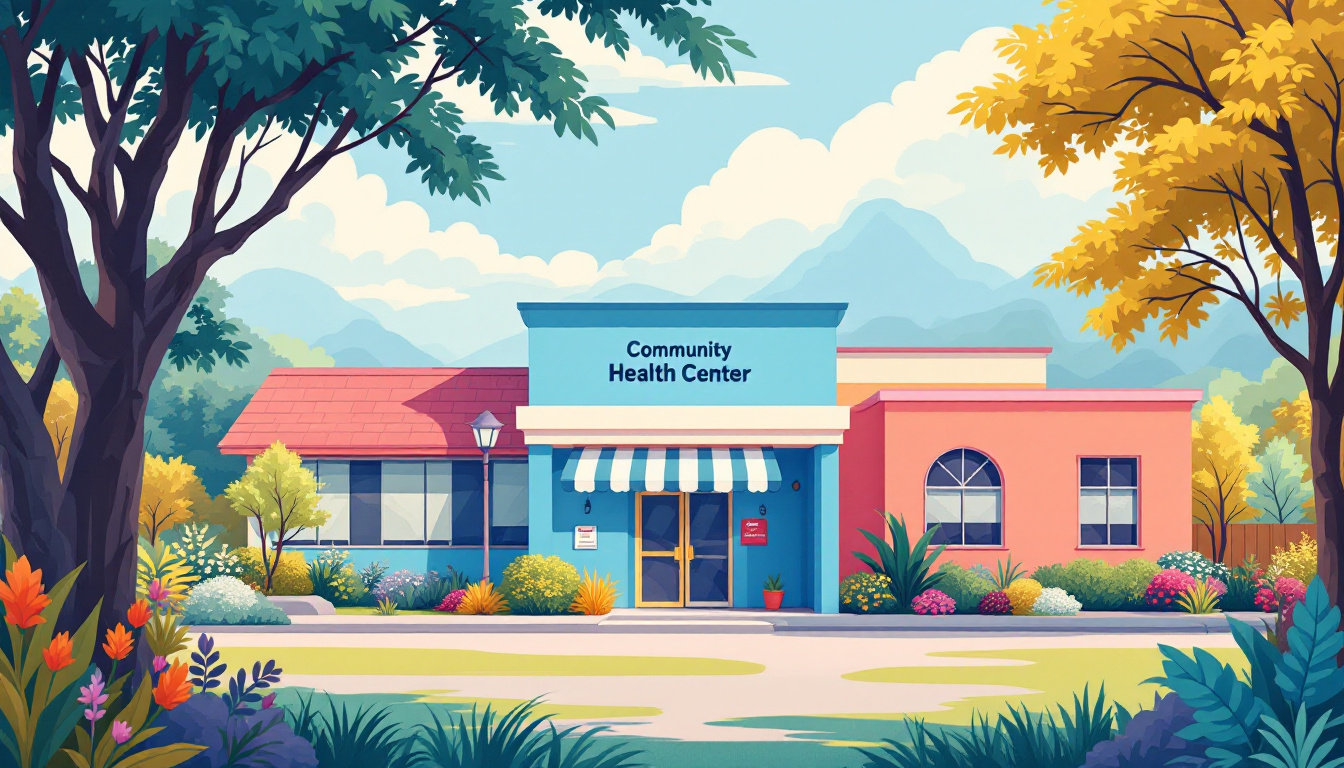


















































































































































































.avif)























































.jpeg)

































































.jpeg)














.jpg)









































.jpeg)






































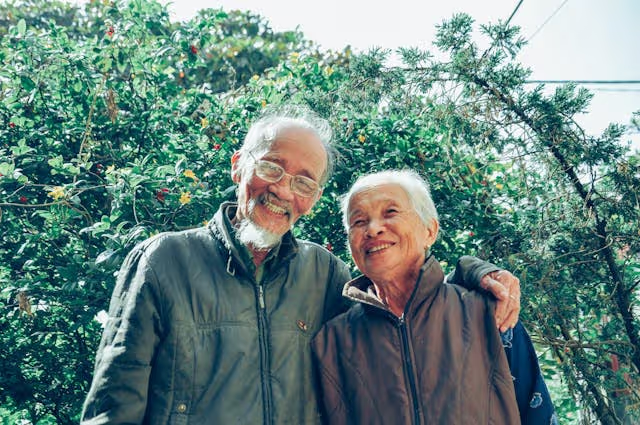


































.avif)




.avif)



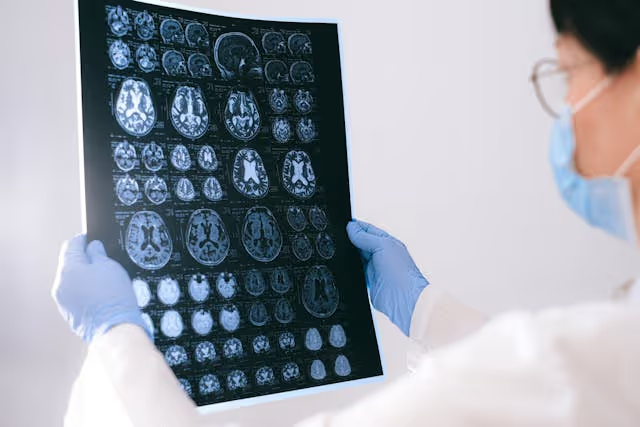














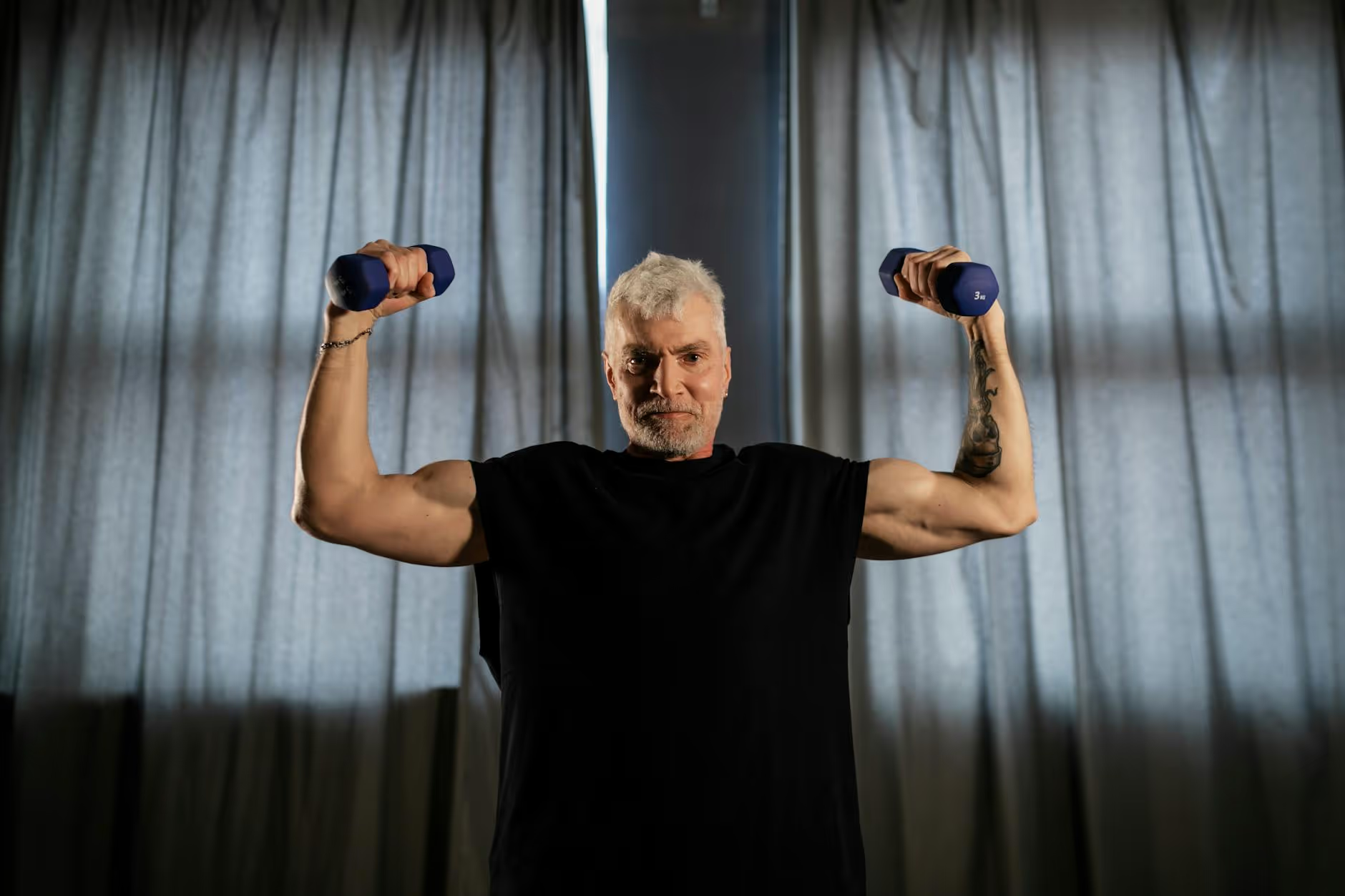





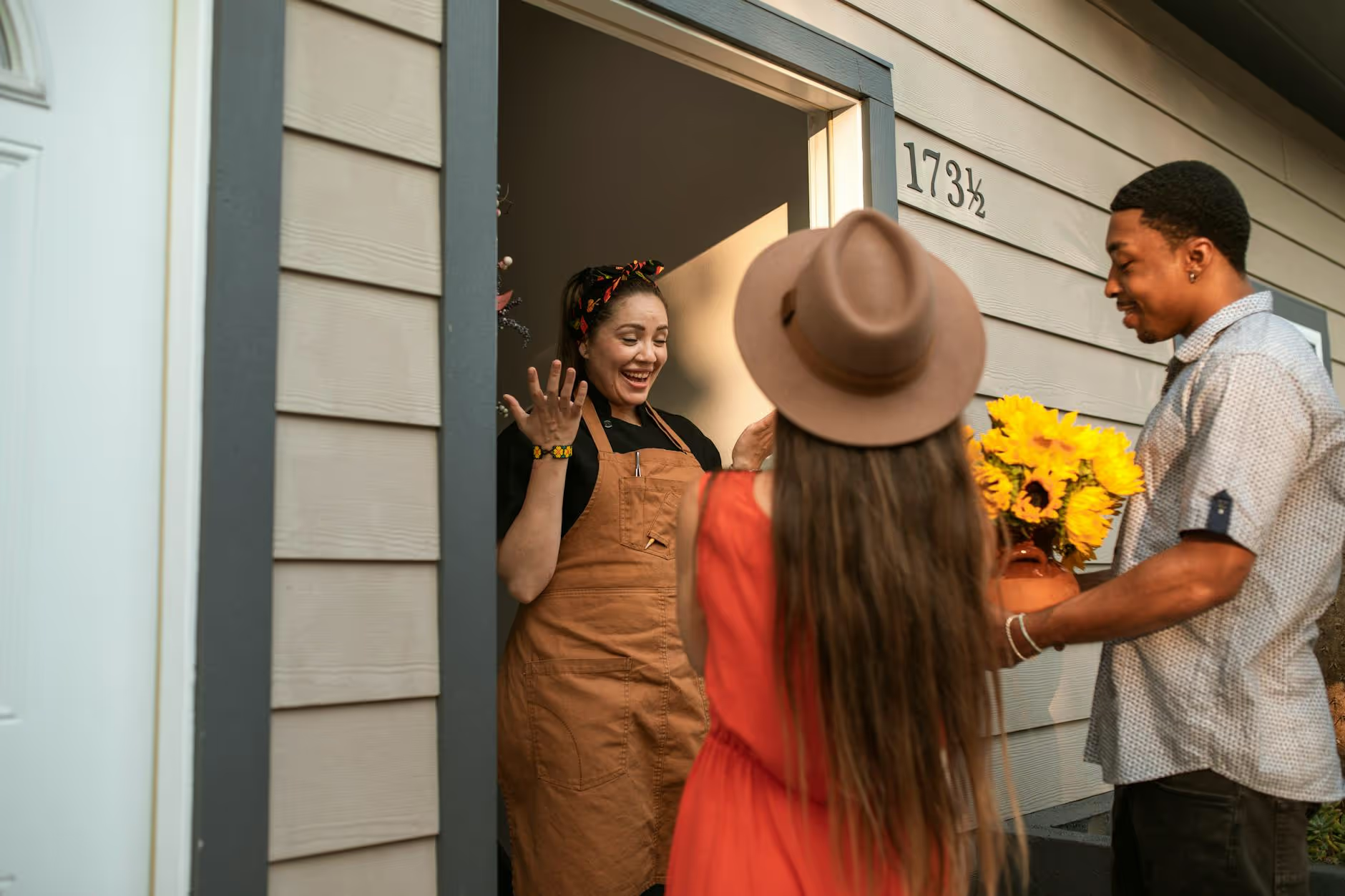





















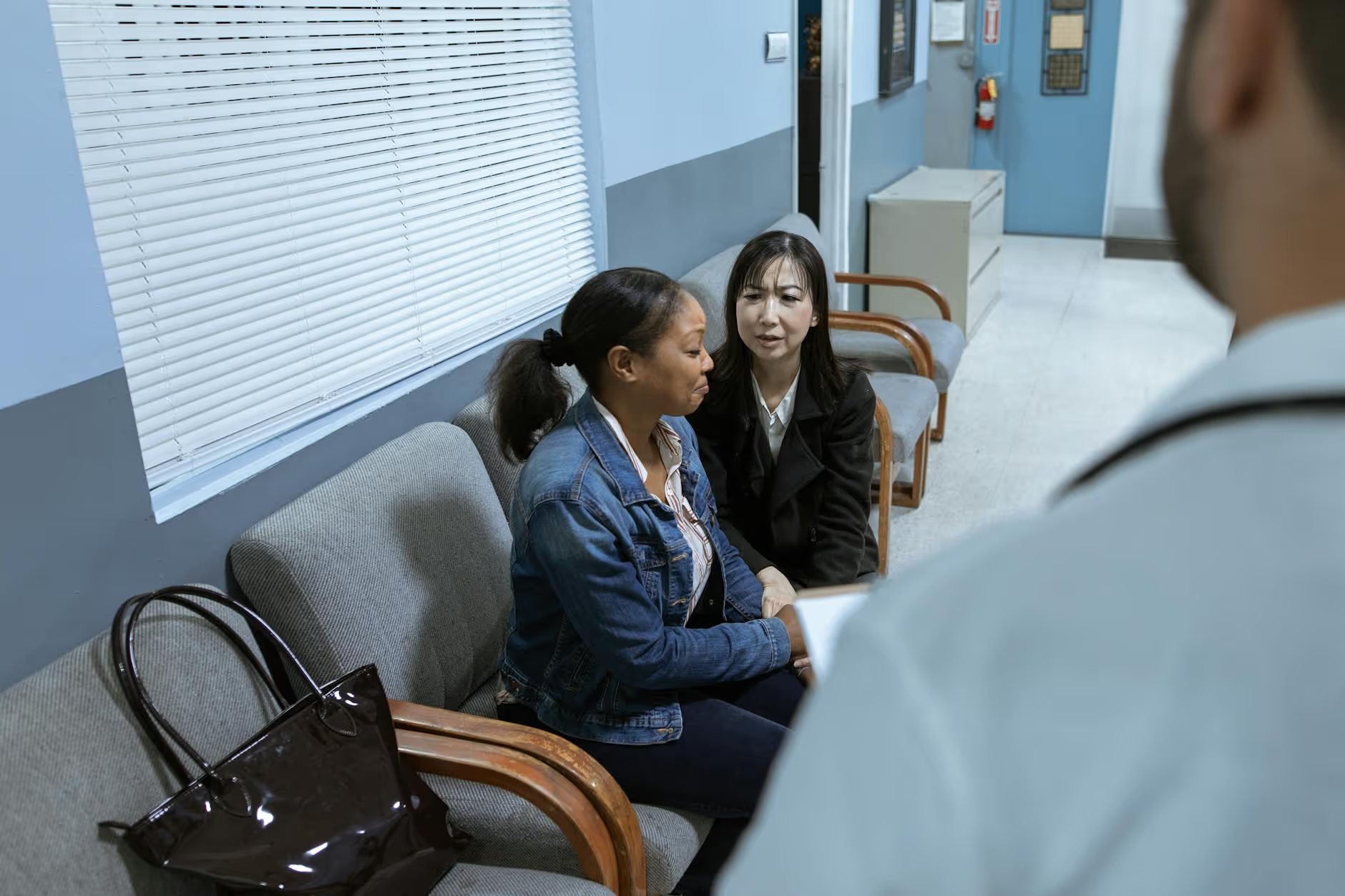


.avif)






































































































































































